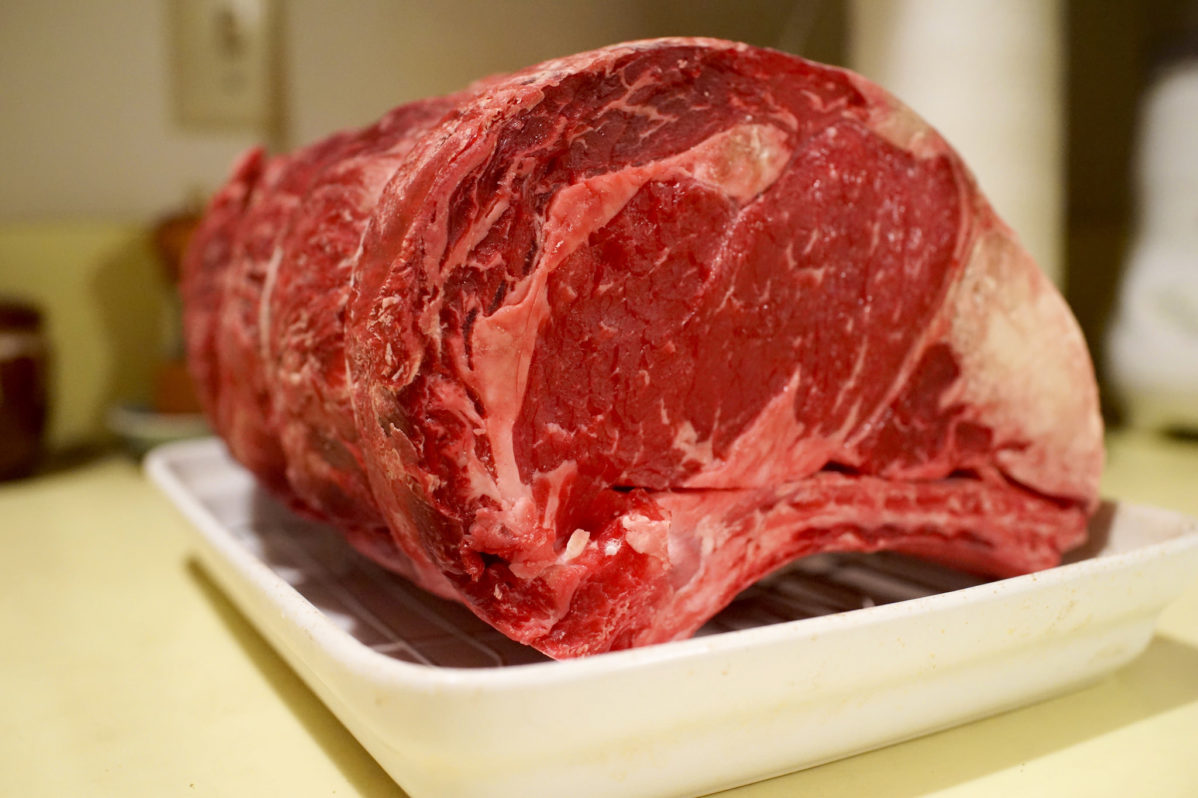Some beef products soared in price by 47% over four years
Is it time to moo-ve over for more steak on the menu?
Earlier this year, market analysts made waves announcing an end to a historic rise in the price of beef. But while the price of several beef products in Canada had started to decline last November, they rebounded in March according to Statistics Canada’s latest Consumer Price Index.
A kilogram of ground beef had fallen to $12.62 by February but jumped to $13.11 in March.
Prime rib roast and blade rib roast prices slightly increased in price from November 2015 to March of this year according to Statistics Canada.
“Many things affect the price of beef,” said John S. Lee, teaching chef at George Brown College’s centre for hospitality and culinary arts. Lee highlighted factors such as land and government subsidies, as well as Canada’s connection to a sometimes volatile global marketplace.
Lee noted the connection between the drought in California, one of the biggest food producing jurisdictions in the world, and the rising price of beef. “The fact that cauliflower went up to $7 a head, is directly related to the beef industry,” he said. “With less water, California needed more water than any other state in terms of agricultural industry and as soon as there’s less water available, what do they put the water into? Raising vegetables, or raising beef?”
While Beef prices had seen steady increases, the price of chicken and pork products had increased comparatively little over a four year period. According to Statistics Canada, the price of one kilogram of pork chops increased 23 per cent, and chicken only eight per cent between March 2012 and March 2016.
The average retail price for one kilogram of ground beef in February 2012 was $8.92, before soaring to a whopping $13.11 in March 2016, an increase of 47 per cent. The most expensive cut of prime rib roast followed suit, with a balanced retail price from $23.57 in March 2012 to $32.21 in March. 2016, a 37 per cent increase.
Brian Perillat of the Canadian Cattlemen’s Association said the sudden ease of costs this past fall and winter ties into an economic recovery, following a 30 per cent decrease of cattle livestock across North America.
“We’re going to start seeing a few more cattle, but we’re not going to see a big
increase in the short term so the demand side is somewhat limited at these
higher beef prices,” said Perillat. “The issue with the demand is that prices spiked so much. That’s where supply and demand kicks in the market, and they try to find equilibrium so as supplies shrunk, prices really shot up.”
Cheaper prices could spark a demand that encourages more customers to buy beef. This increase in demand could mean that distributors and producers will have to work harder in order to keep replenishing supplies.
“If prices are to be reduced, then most definitely we’ll have more demand,” said Ahmad Alamedddine, a local halal butcher at Paramount Fine Foods in Mississauga. “We have a margin we are trying to maintain, and with the cut in prices, we are selling at this level. When the price decreases, we are decreasing our costs so we are not making any profit.” He added, “the volume of the sales is increasing, but the profit at the end of the day will remain.”
Ultimately, beef prices can teeter-totter as distributors pace back-and-forth. In the meantime, sit back and consider adding more steak to your summer barbecue list.


